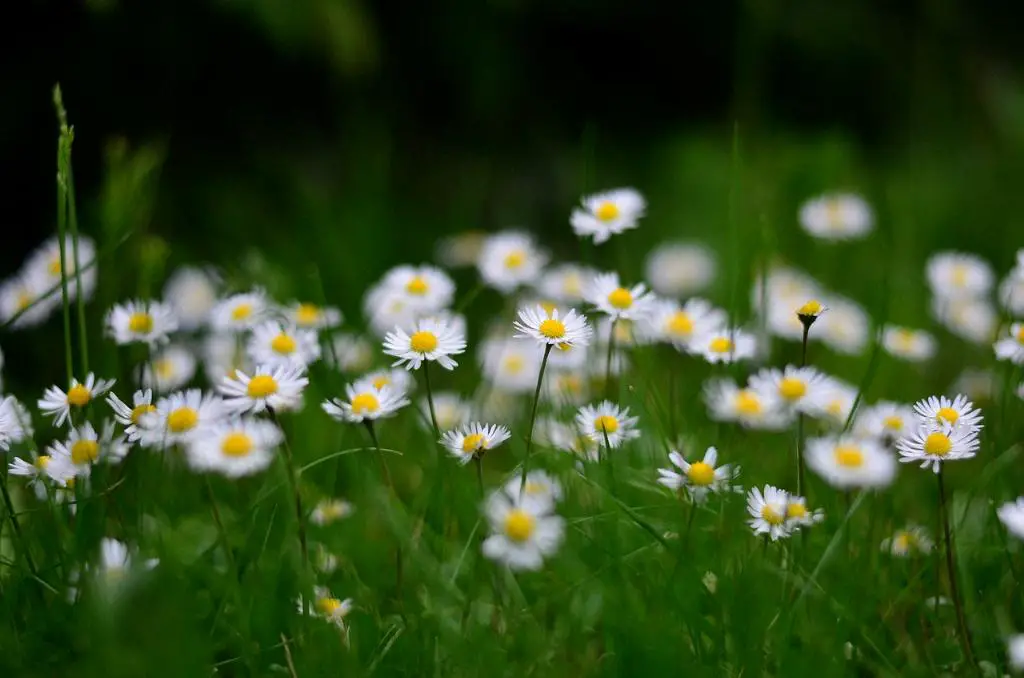When it comes to landscaping, one essential component that often goes unnoticed is erosion prevention matting. This specialized matting serves a crucial role in stabilizing soil on hillsides or slopes, preventing erosion and promoting the growth of vegetation.
Understanding Landscape Erosion Matting
Landscape erosion matting consists of durable, easy-to-install mats that form a mesh matrix. This matrix provides a sturdy foundation for plant roots to entwine and establish a robust network within the soil. The intertwining roots create a natural barrier against erosion, holding the soil in place even on steep inclines.
The Mechanism Behind Matting
Through the intricate network of plant roots that weave into the matting, a strong foundation is established. This foundation not only stabilizes the soil but also promotes the growth of vegetation. The roots of plants, such as grasses and flowers, extend through the matting, anchoring themselves securely and further reinforcing the soil structure.
The Benefits of Matting
Matting plays a vital role in preventing erosion by minimizing the impact of rainwater and wind on vulnerable soil surfaces. By creating a barrier that holds the soil in place, matting protects against soil loss and maintains the integrity of the landscape. Additionally, the vegetation that thrives within the matting adds aesthetic value to the environment.
Applications of Matting
Erosion prevention matting is commonly used in various landscaping projects, particularly on slopes, embankments, and areas prone to erosion. Whether in residential gardens, commercial landscapes, or public spaces, matting offers a practical solution for maintaining soil stability and enhancing the beauty of the surroundings.
Installation of Matting
One of the key advantages of erosion prevention matting is its ease of installation. The mats can be laid out on the designated area quickly and efficiently, minimizing the time and effort required for landscaping projects. This convenience makes matting a popular choice for erosion control in diverse settings.
Environmental Impact of Matting
By reducing soil erosion and promoting vegetation growth, matting contributes to environmental conservation efforts. The stabilization of soil helps prevent sediment runoff into water bodies, preserving water quality and safeguarding ecosystems. Additionally, the increased greenery supported by matting enhances biodiversity in the landscape.
Long-Term Effectiveness of Matting
Unlike temporary erosion control measures, landscape erosion matting offers long-term stability and protection for soil. The durable mats withstand environmental factors and promote sustainable growth over time, ensuring the continued health of the landscape. This lasting effectiveness makes matting a reliable choice for landscaping projects.
Factors to Consider When Using Matting
When incorporating erosion prevention matting into landscaping designs, several factors need to be taken into account, such as the slope gradient, soil composition, and climate conditions. By assessing these variables carefully, landscape designers can optimize the effectiveness of matting and achieve the desired outcomes.
Cost-Effectiveness of Matting
While erosion prevention matting offers numerous benefits for landscaping, including soil stabilization and erosion control, it is also a cost-effective solution. The upfront investment in matting pays off in the long run by minimizing maintenance costs and preserving the integrity of the landscape, making it a sustainable choice for property owners.
Innovations in Matting Technology
As landscaping practices continue to evolve, so does the technology behind erosion prevention matting. Innovations in matting materials, design, and installation methods enhance the efficacy of these products, enabling more efficient and sustainable landscaping solutions. By staying abreast of these advancements, landscapers can utilize matting effectively in their projects.
Conclusion
In conclusion, landscape erosion matting serves as a valuable tool in landscaping for preventing erosion, stabilizing soil, and promoting vegetation growth. With its durable construction, environmental benefits, and cost-effectiveness, matting offers an effective solution for maintaining the integrity and beauty of landscapes. By understanding the role and benefits of matting, landscapers can leverage this technology to create sustainable and visually appealing outdoor environments.

